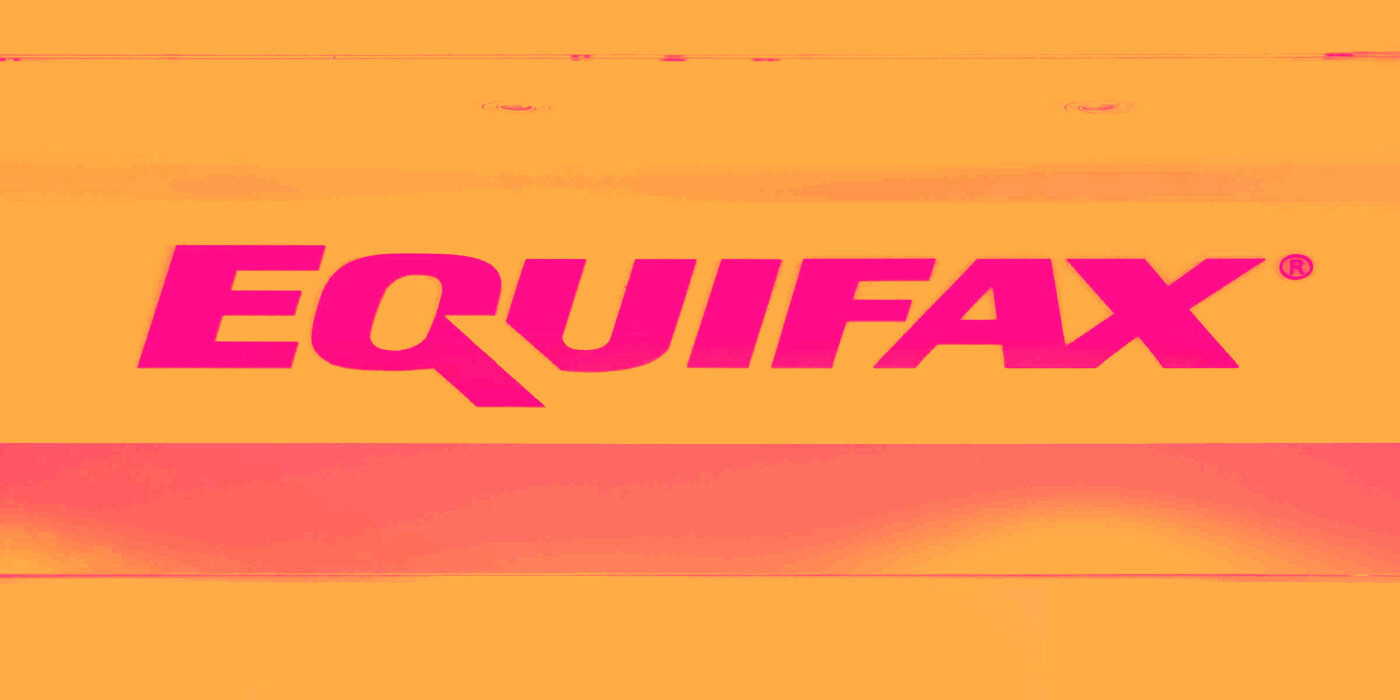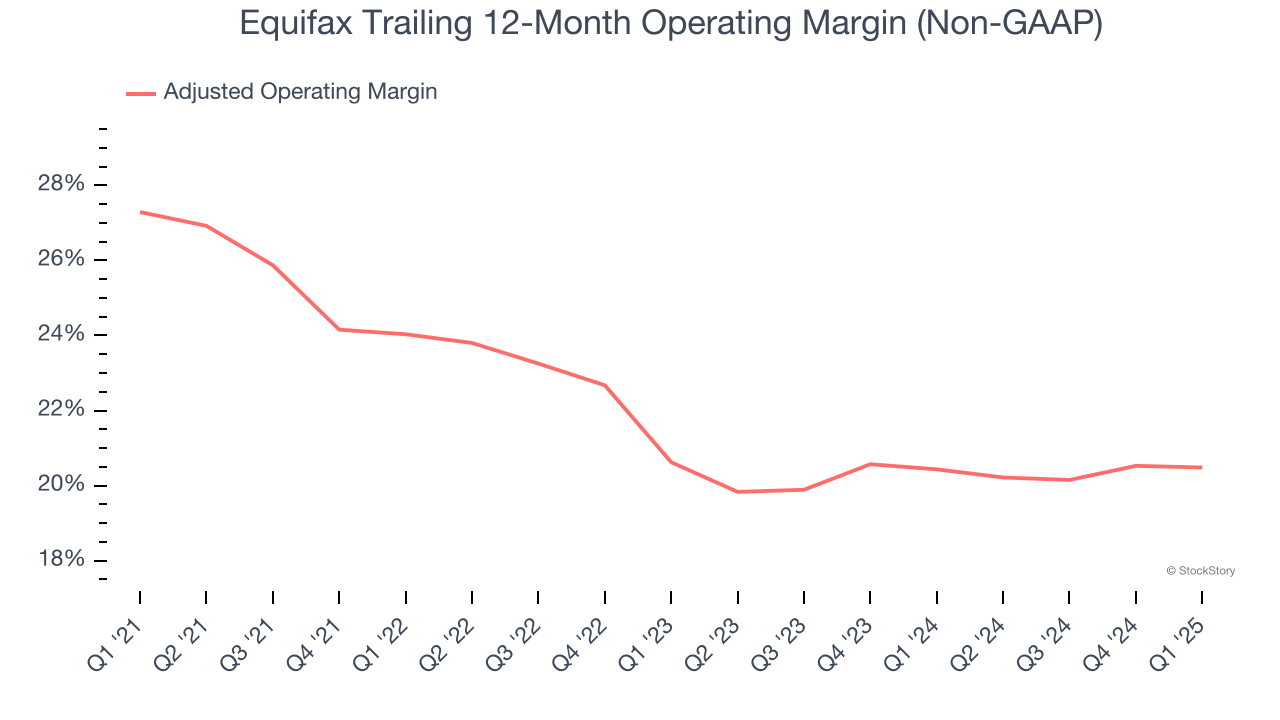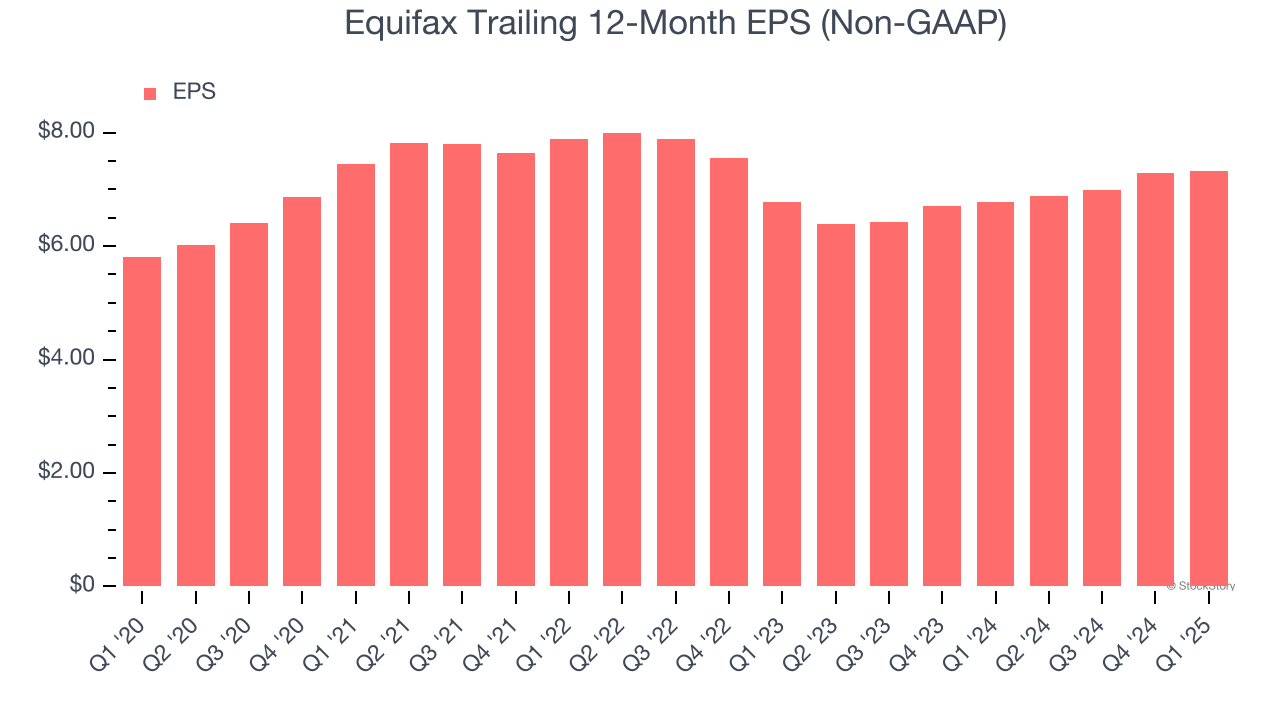
Since December 2024, Equifax has been in a holding pattern, floating around $263.47.
Is there a buying opportunity in Equifax, or does it present a risk to your portfolio? Get the full stock story straight from our expert analysts, it’s free.
Why Is Equifax Not Exciting?
We're sitting this one out for now. Here are three reasons why you should be careful with EFX and a stock we'd rather own.
1. Shrinking Adjusted Operating Margin
Adjusted operating margin is an important measure of profitability as it shows the portion of revenue left after accounting for all core expenses – everything from the cost of goods sold to advertising and wages. It’s also useful for comparing profitability across companies because it excludes non-recurring expenses, interest on debt, and taxes.
Looking at the trend in its profitability, Equifax’s adjusted operating margin decreased by 6.8 percentage points over the last five years. This raises questions about the company’s expense base because its revenue growth should have given it leverage on its fixed costs, resulting in better economies of scale and profitability. Its adjusted operating margin for the trailing 12 months was 20.5%.

2. EPS Barely Growing
Analyzing the long-term change in earnings per share (EPS) shows whether a company's incremental sales were profitable – for example, revenue could be inflated through excessive spending on advertising and promotions.
Equifax’s EPS grew at an unimpressive 4.7% compounded annual growth rate over the last five years, lower than its 9.5% annualized revenue growth. This tells us the company became less profitable on a per-share basis as it expanded.

3. Previous Growth Initiatives Haven’t Impressed
Growth gives us insight into a company’s long-term potential, but how capital-efficient was that growth? A company’s ROIC explains this by showing how much operating profit it makes compared to the money it has raised (debt and equity).
Equifax historically did a mediocre job investing in profitable growth initiatives. Its five-year average ROIC was 10.6%, somewhat low compared to the best business services companies that consistently pump out 25%+.

Final Judgment
Equifax’s business quality ultimately falls short of our standards. That said, the stock currently trades at 33.3× forward P/E (or $263.47 per share). This multiple tells us a lot of good news is priced in - we think there are better investment opportunities out there. Let us point you toward our favorite semiconductor picks and shovels play.
High-Quality Stocks for All Market Conditions
Donald Trump’s victory in the 2024 U.S. Presidential Election sent major indices to all-time highs, but stocks have retraced as investors debate the health of the economy and the potential impact of tariffs.
While this leaves much uncertainty around 2025, a few companies are poised for long-term gains regardless of the political or macroeconomic climate, like our Top 5 Growth Stocks for this month. This is a curated list of our High Quality stocks that have generated a market-beating return of 183% over the last five years (as of March 31st 2025).
Stocks that made our list in 2020 include now familiar names such as Nvidia (+1,545% between March 2020 and March 2025) as well as under-the-radar businesses like the once-micro-cap company Kadant (+351% five-year return). Find your next big winner with StockStory today.







